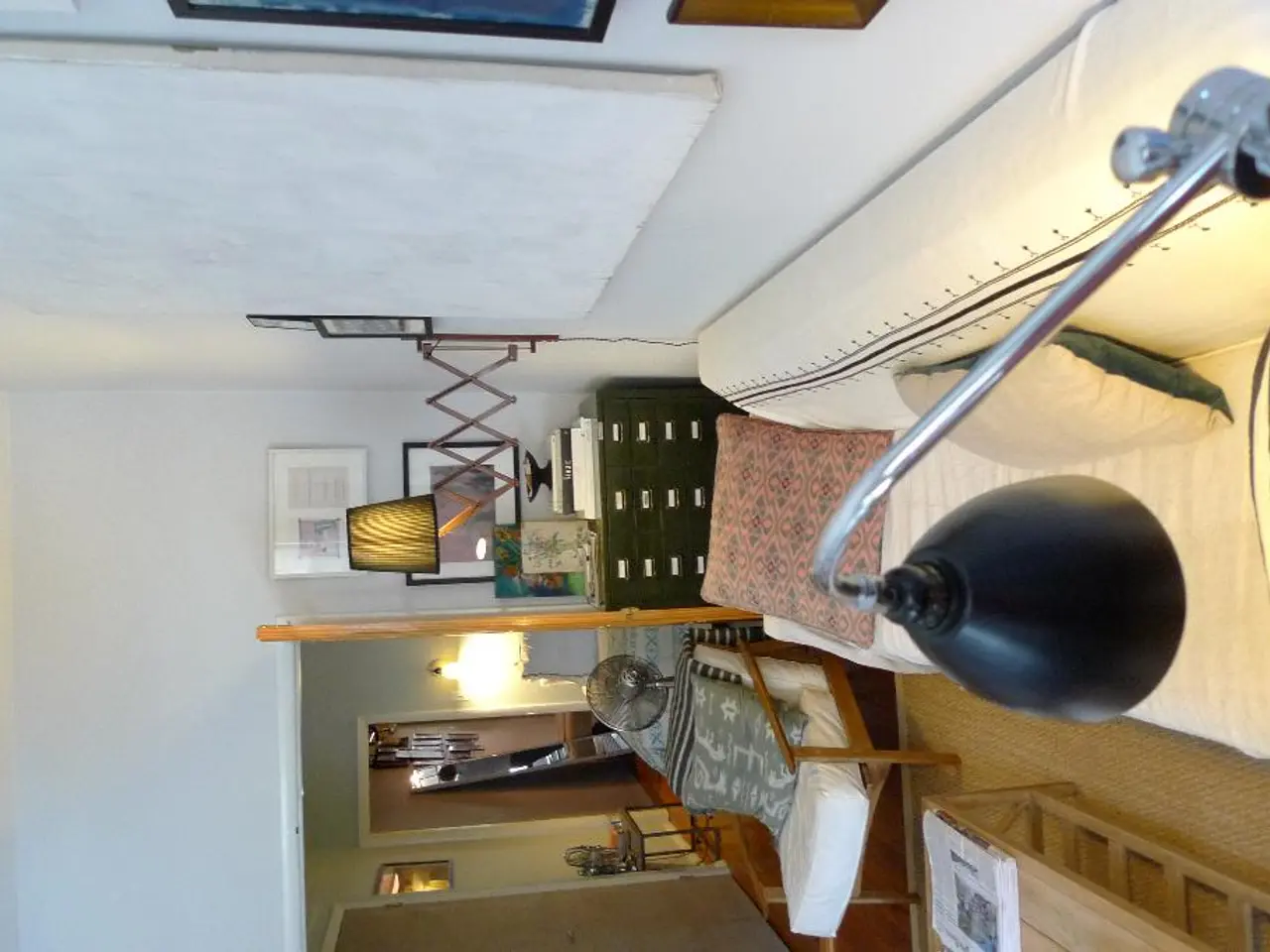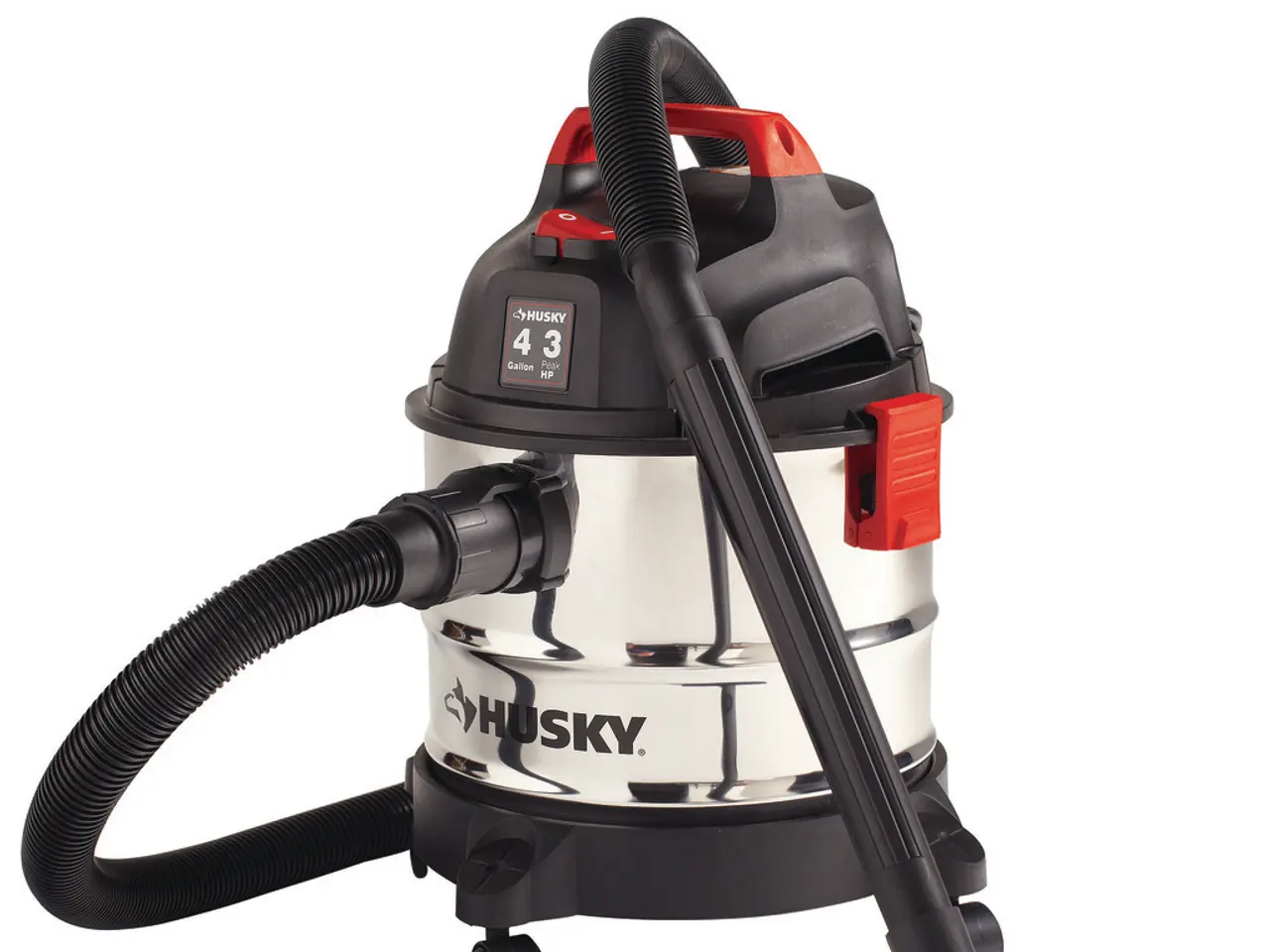Important Considerations in Selecting Bedroom Furniture Styles for 2025
Transforming Your Bedroom: A Guide to Choosing the Perfect Furniture
When it comes to redecorating or setting up a new bedroom, the choice of furniture can make a significant impact on the overall look and feel of the space. This guide will help you navigate the process, ensuring that you make informed decisions that cater to both style and functionality.
1. Space
Measuring your bedroom carefully is the first step to understanding what size furniture will fit without overcrowding. Consider multi-functional pieces like beds with storage or compact bedside tables with shelves to maximize limited space.
2. Style
Choose furniture that reflects your personal aesthetic and complements the decor of the room. Styles range from classic beds with traditional headboards, to modern upholstered beds, daybeds, Murphy beds, or bookcase beds that add function and style.
3. Bed Type
The bed is the centerpiece and should align with both style and function. Options include traditional frame beds, daybeds for small spaces, Murphy beds that fold into the wall, and beds with built-in storage.
4. Bedside Tables
Select bedside tables that suit your space and storage needs. Tables with extra shelves or built-in cupboards help keep essentials organized and out of sight, particularly in smaller bedrooms.
5. Wardrobe
Choose a wardrobe size and style that fits your space and clothing storage needs. Sliding doors or built-in wardrobes can save space, while hinged wardrobes offer a traditional look.
6. Colour Scheme
A consistent, neutral colour scheme can visually expand small bedrooms. Pale woods and creamy, light accessories tend to create a spacious and calming atmosphere, while darker colours give drama but may feel imposing.
7. Lighting
Consider layered lighting including ambient, task, and accent lighting for functionality and ambiance. Position fixtures to complement furniture placement and room use.
8. Curtains
Choose curtains that coordinate with your colour scheme and provide the right balance of privacy and natural light. Light, airy fabrics work well in smaller rooms to enhance brightness.
Remember, prioritizing functionality and fit first, then style and accessories will follow naturally. Opt for furniture pieces that combine multiple uses for efficiency, especially if your bedroom space is limited.
For larger bedrooms, additional features like a sitting space can be considered. A bedside lamp is needed for individuals who want to read in bed. Nightstands are crucial elements of a cosy bed, offering functionality and flair.
Subtle lighting creates a peaceful atmosphere in the bedroom, while wardrobes are essential for bedroom decor, offering fashionable and useful storage options. For people with limited space, practical options like a bunk bed, a single bed, or space-saving storage solutions may be beneficial.
A well-balanced space can improve both appearance and usage. Choosing furniture proportions that complement the available space can create a neat and tidy look. A single bed is suitable for smaller bedroom settings, while a classic big bed may require a larger room to support its dimensions.
A bed without a large headboard can be suitable for a minimalist look, and cool colours like blues, whites, and greys encourage tranquillity in the bedroom. The harmony of the space as a whole is enhanced by the choice of bed type.
The guide is intended to help individuals prepare or revamp their bedroom space, and information about top bedroom makeover ideas and buying modular beds is also provided. With these tips in mind, you're ready to create a bedroom that truly reflects your taste and sense of style.
1. Storage Solutions In smaller bedrooms, consider beds with built-in storage or compact bedside tables with shelves to maximize limited space.
2. Lifestyle A bedside lamp is needed for individuals who want to read in bed, while a well-balanced space can improve both appearance and usage.
3. Home-and-Garden Choose a wardrobe size and style that fits your space and clothing storage needs - sliding doors or built-in wardrobes can save space, while hinged wardrobes offer a traditional look.
4. Furniture For larger bedrooms, additional features like a sitting space can be considered. A single bed is suitable for smaller bedroom settings, while a classic big bed may require a larger room to support its dimensions.




